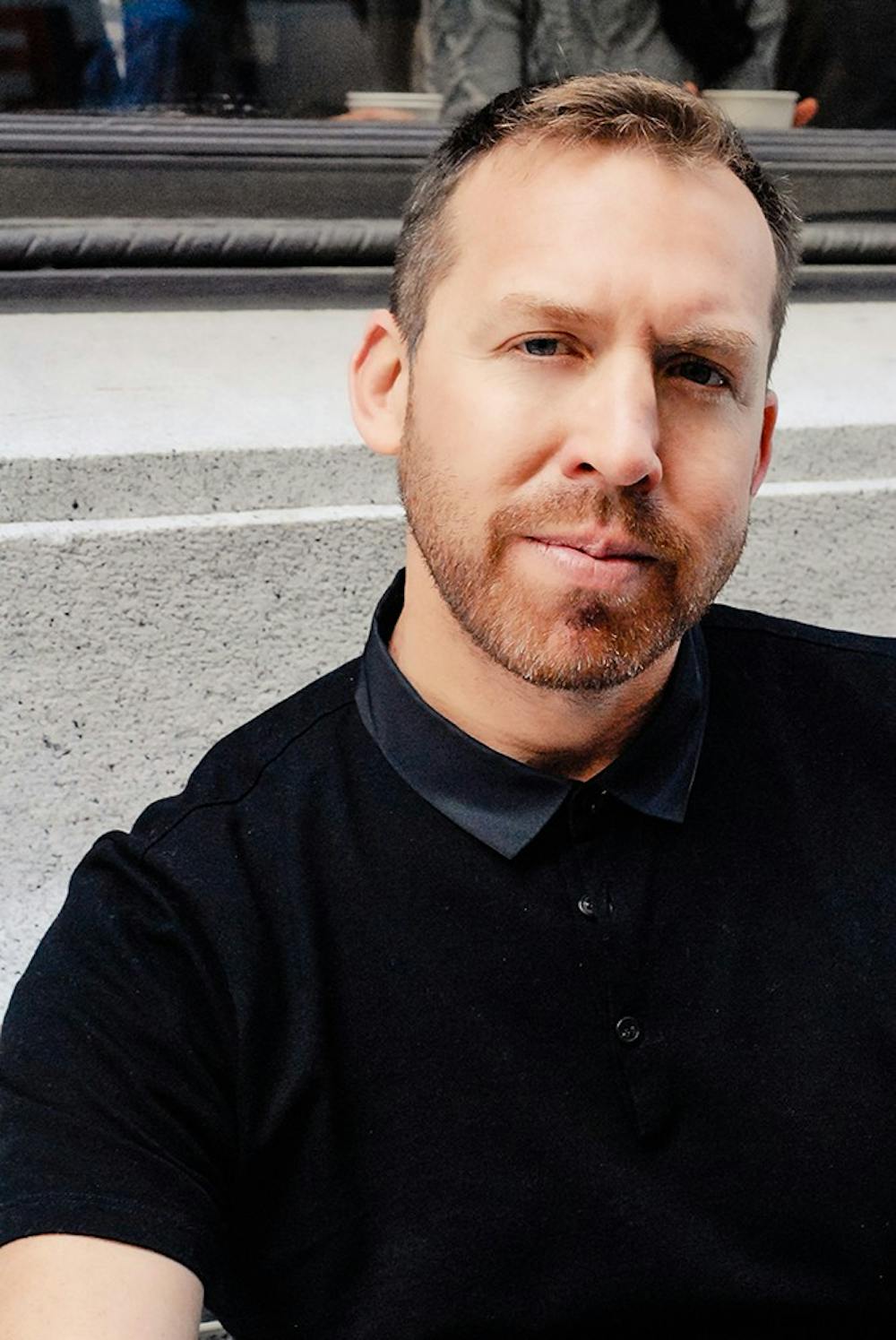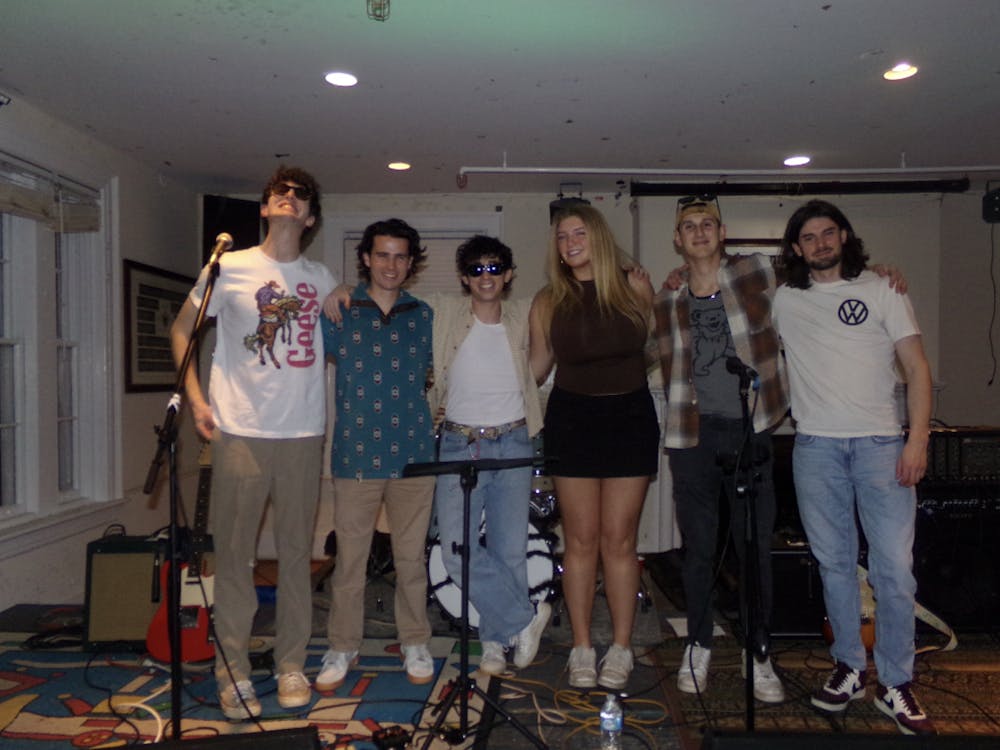“The Legend of Zelda: Symphony of the Goddesses” made a stop at John Paul Jones Arena last week. The show was spectacular, featuring a fully-fledged symphony and choir performing some of the greatest pieces from the iconic video game series. Alongside the symphony was a video presentation of famous scenes in the series, effortlessly weaving the music and the game footage to retell entire narratives. From the feeling of adventure one might feel sailing across the sea in Wind Waker, to the mysticism of the creation story in Ocarina of Time, to the unsettling atmosphere in Majora’s Mask, the entire presentation evoked the range of emotions players feel during these games.
Although the show was mostly attended by die-hard fans of the series, with attire ranging from Zelda t-shirts to full-out Link cosplay, the concert attempted to reach beyond just the fans. Arts & Entertainment interviewed Jason Michael Paul, the producer of the show, who explained the broad appeal of the concert.
Arts & Entertainment: You were involved in several video game-related symphonies before this, such as the Dear Friends Final Fantasy shows. How did you get involved in video game culture, specifically the video game side of it?
Jason Michael Paul: I was working with PlayStation. … It was through that that I started working in the video game industry, but also in entertainment. I continued on that path and started working for Square Enix. … They asked me to do their sales meeting, or press event rather, at the Walt Disney Concert Hall, so what we did was we set up the whole show for a press event, then we struck it for a concert that evening. We did that with the [Los Angeles Philharmonic], at the brand-new Walt Disney Hall, so it was a pretty amazing introduction to doing this.
Before, I was focusing my efforts a lot in the classical arts … honing in on the music side of things and presenting big shows with soloists, choirs, things of that nature. I was kind of inspired by my travels to Japan and was in Costa Rica when it just kind of hit me, this could be a concert idea. … The North American division of Square had a lot of trust in me, and the rest was history. The concert was a huge success — it sold out in a matter of days. This sparked the whole touring sensation with video game music. This was similar to the Zelda thing, where we did a one-off concert that sparked a tour we’ve been doing for five years.
A&E: This was the 25th Anniversary Show recording that came with copies of Skyward Sword?
JMP: Yep, that was produced by my team, and that was a huge project only because it had never really been done before. For a third party to come in and do that project with Nintendo and release the CD … I was very proud and honored to be invited to work on that project.
A&E: Why “The Legend of Zelda”? Do you have any particular memories or favorites with the series?
JMP: The first NES game was so nostalgic right? I remember playing that for the first time, but what always set it apart was that golden cartridge. There’s always been a classier gaming experience with that particular franchise, and to this day it’s still treated and handled the same way. … The updated visuals in things like Twilight Princess HD are exciting! You can relive it but relive it in the current, rather than have to be subjected to the archaic.
A&E: What are the elements that you most readily associate with the Zelda franchise, and how are you trying to incorporate this into the live performances?
JMP: Musically, obviously the Ocarina is pretty easy to do with the flute. The harp, obviously, is another key instrument, which is why we have two on stage. … The choral parts are very true. … The percussion gives that big, Hollywood sound, things like the boss battles. We have a really excellent conductor who brings out the best in the musicians… The music is written so that everyone is playing. It’s great! Imagine these 8-bit blips and bleeps but on steroids with a live orchestra.
A&E: So are you focusing a lot on the older music too, like the 8-bit soundtracks?
JMP: Yeah, obviously, some of the older melodies which recur throughout the series. Lots of music from Majora’s Mask, too. We have Ocarina of Time, Twilight Princess and our overture which is a medley of all the games, like a greatest hits.
A&E: Speaking of Majora’s Mask, it’s probably thematically the darkest game in the series, barring maybe Twilight Princess. Do you have any of that darkness in the music that you’re bringing in?
JMP: Absolutely, that’s the fun of it, right? Taking that scarier element in Majora’s Mask and trying to recreate it with the music and the visuals, it’s a fun task! I think we achieved that, I’m really proud of that.
A&E: Are there any other video game soundtracks you’d like to tackle next?
JMP: I don’t really know what games I can do that I haven’t done already! All of my concerts have presented many, many titles with many arrangements… With Zelda, it’s more focused, which from a touring standpoint is great, but from a conceptual standpoint, I want anyone who doesn’t like Zelda to love it after this concert. I want to appeal to a broader spectrum of people. For example, people who are big Morrowind or Skyrim fans may not be the biggest fan of Nintendo… So one of the things I want to continue to do is have that other concert where I can bring all those different soundtracks together… I don’t want that division, I just want everyone to appreciate it as a cultural thing. People should be supportive of this, as it’s only going to bring about more of these types of events.
A&E: So what are you doing specifically, in this kind of concert, to be broader and encompass all those other fanbases?
JMP: I just focus on the music, making sure that the musical presentation is amazing. In that sense, we don’t really alienate anyone. I think if you just got rid of the visuals and just listened to the music, you probably couldn’t find much criticism — you don’t necessarily need to be a Zelda fan to appreciate the music. I start there … try to put together a seamless video presentation with the updated visuals from Twilight Princess HD, Majora’s Mask 3D, etc. It’s telling a story, too. That’s what video games are all about, so we’re trying to create a retelling of The Legend of Zelda over 30 years… You can criticize a guy in a green tunic, but I think you can’t help but fall in love with the characters and the story. They represent someone in everyone. It’s a challenge, but we have really great people who can make it look easy… The intent is to create something that doesn’t alienate anybody, something that touches on some level or some button that you can’t help but appreciate.







